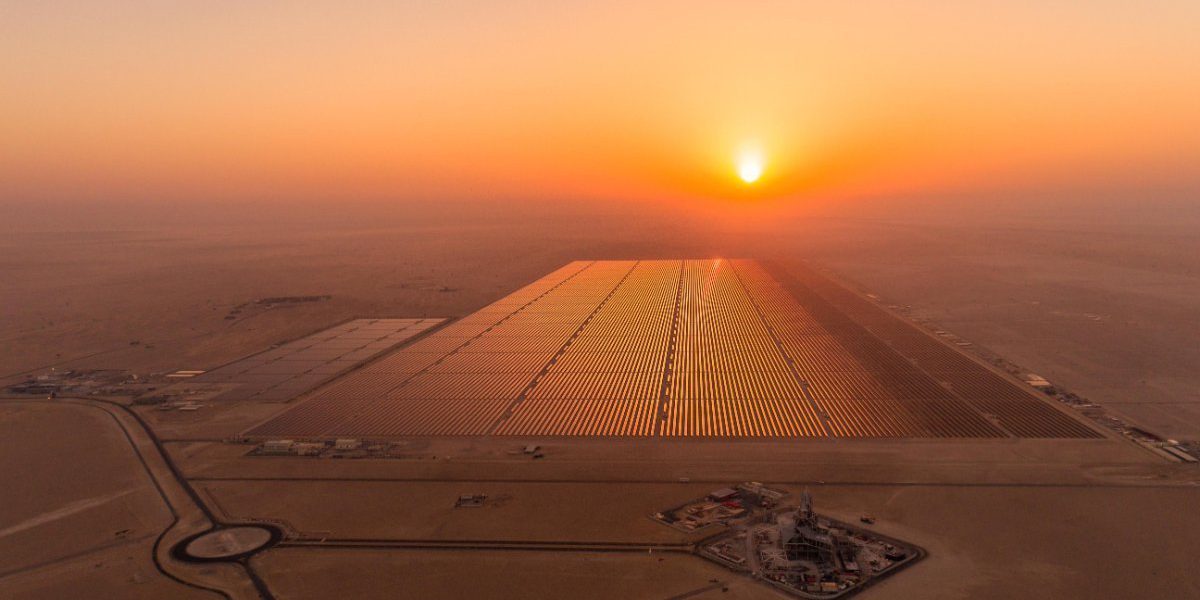National Geographic magazine is setting its sights on the Arab World with an Arabic-language edition of the iconic photo-centric monthly, specializing in anthropological and ecological coverage.
Starting this month, the trademark yellow-framed National Geographic covers will begin appearing throughout the Middle East. The first few months will rely on translations of existing English articles, but the magazine will eventually shift to a balance of translations and original Arabic material. In a series of pre-launch events around the region last month, organizers promised to fill a void with emphasis on environmental, ecological and sustainability issues that are under-covered in the existing Arabic-language media.
"The readers here, they need this," said Mohamed al-Hammadi, the new edition’s editor-in-chief during a press conference in Dubai last month. "The stories in this magazine talk about all countries and all cultures."
Published by the Washington DC-based National Geographic Society, the magazine is already printed in 30 languages. The new Arabic venture is the product of a partnership with Abu Dhabi Media Co., the state-owned publishing house that also produces The National regional daily newspaper.
Al-Hammadi said he hopes to produce about one-fifth original content. A panel of seven Arab experts from a variety of fields will serve as contributors and consultants. These include Supreme Council of Antiquities chief Zahi Hawass–long a favorite of both the magazine and the National Geographic satellite channel, as well as Saudi medical researcher Khalwa al-Kuraya and Essam Heggy, a Libyan-born astronomer working with NASA’s jet propulsion lab.
"It's a wonderful magazine that can enrich the knowledge of people about cultures around the world," Hawass said. "Now this can enter the homes of people throughout the Arab world."
Another September launch party held here in Cairo focused on the magazine and its parent society’s ecological impact and frequent focus on sustainable development causes.
Thomas Culhane, founder of the landmark Solar CITIES project credited the magazine with spotlighting his efforts to install self-sustaining solar-powered water heaters on 35 homes in the districts of Darb al-Ahmar and Manshayet Nasr, home to a large community of Zabaleen. He even partially credited the magazine with inspring his life’s work.
“I have used the magazine since childhood as the foundation of my education,” Culhane said. “It trained me to think holistically and to see the linkages between our wildlife, the history of humanity, and our place in the global economy and ecosystem.”
Once the Solar CITIES project in Cairo was deemed a viable success, the National Geographic Society paid for Culhane and his team members to travel and establish similar projects in other countries. Manshayet Nasr resident Hanna Fathy described his travels to Kenya, Burundi and Tanzania on behalf of Solar CITIES thanks to National Geographic funding.
“Now that the magazine will be available in Arabic and the wonderful work being done here will be told by Arabic speakers ourselves, we know that the new generation will quickly become the leaders of an ever brighter, healthier and happier region,” Fathy said.




